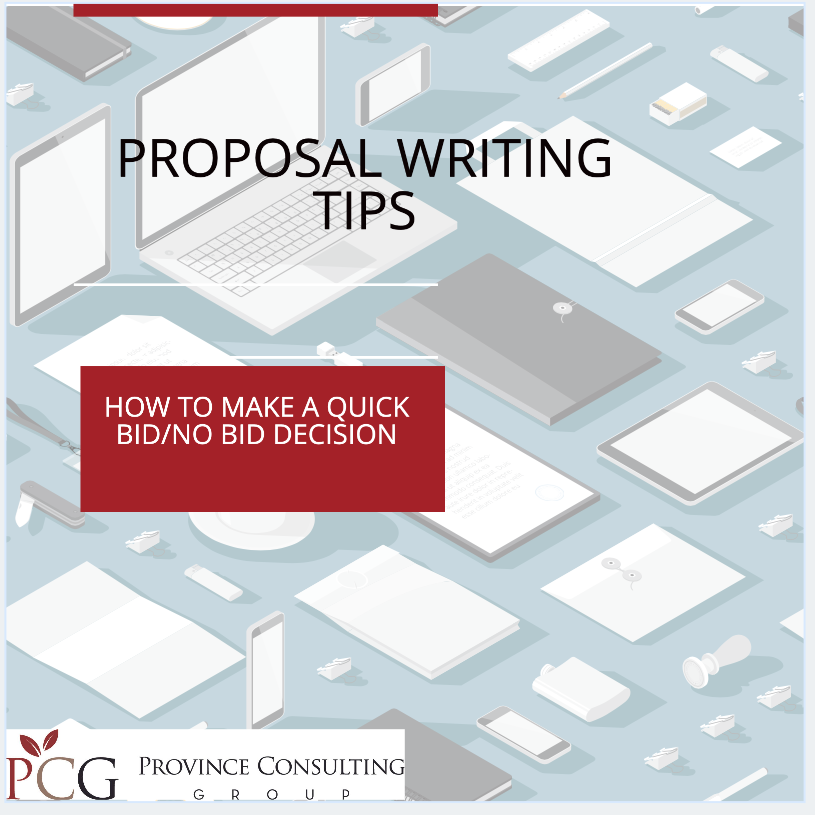Public Agencies post Request for Proposals (RFP), Invitations to Bid (IFB) and the like daily. Although you may find your company is capable, a deeper review may prove the opportunity is still not a fit.
A relatively quick review of the solicitation using the following tips should help you decide if you should proceed. This is for bid/no bid purposes only. If you decide to move forward, you will need to conduct a full read (and re-read) of the RFP to ensure your submission is compliant and meets the need of the government.
If it is a Federal proposal, you will often see the following sections: C – Scope of Work, L – Instructions to Offerors, and M – Evaluation Factors, among others. These are the three sections to review first and determine if it is a “bid or no bid”. Other public entities will have similar sections that should be reviewed, but will be labeled differently.
Section C – Scope of Work
This section describes the project expectations. The Scope of work should tell you what you need to know about the project requirements, any processes you must implement, basically when, what, where, how. It is important to assess your strengths and weaknesses in regards to the scope.
Section L – Instructions to Offerors
This section will address the instructions and timeline of the submission. For instance it may outline the proposal release date, dates when questions & answers will be addressed (and how), required format of your proposal, agency contacts, etc. In essence, it will tell you how your offer must be submitted in order to be compliant.
Section M – Evaluation
Understanding how your proposal will be evaluated is critical. If, for example, the proposal will be evaluated heavily based on an area that you have determined is a weakness, it may not be a good fit for you. In a previous blog, I spoke of past performance, and this is often key. Take a look at how you think you would fair before making a decision to move forward.
Know Your Customer
Although the agency may have a need for your product/services, do they know who you are? Was your firm sought after as an identified 8(a), HubZone or otherwise capable firm? When at all possible, make sure the agency has been formally or informally introduced to your company’s capabilities, reputation, and/or your firm’s past performance. In many cases, agencies rely on responses to Sources Sought or Requests For Information to determine if there are competent small businesses that can provide the goods or services. If the response is little to none, it could prevent the contract from being set-aside to meet Small Business Procurement goals. Beta.SAM.gov lists Sources Sought and RFI’s, which are one of the simplest ways for the federal customer to become familiar with your capabilities.
Bottom Line
A quick assessment of your win probability will save you time and money. If the odds don’t look good, invest the time in getting to know your customer, obtaining certifications, and preparing for forecasted opportunities.

